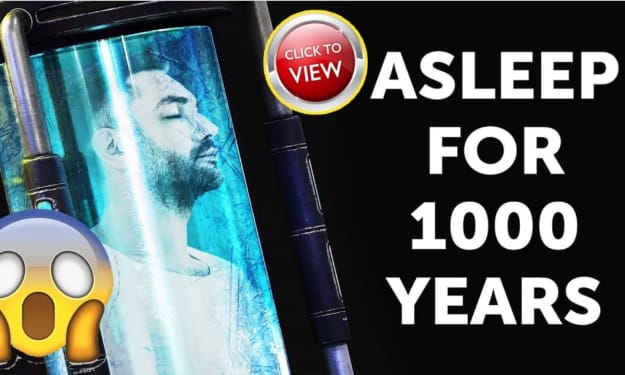
Developmentally, the years between childhood and adulthood represent a critical period of transition and significant cognitive, mental, emotional, and social change.
While adolescence is a time of tremendous growth and potential, navigating new milestones in preparation for adult roles involving education, employment, relationships, and living circumstances can be difficult.
These transitions can lead to various mental health challenges that can be associated with increased risk for suicide.
Suicide is the second leading cause of death among youth age 15-24.1 Approximately one out of every 15 high school students reports attempting suicide each year.2 One out of every 53 high school students reports having made a suicide attempt that was serious enough to be treated by a doctor or a nurse.3 For each suicide death among young people, there may be as many as 100 to 200 suicide attempts.
For some groups of youth—including those who are involved in the child welfare and juvenile justice systems; lesbian, gay, bisexual and transgender; American Indian/Alaska Native; and military service members—the incidence of suicidal behavior is even higher.
Despite how common suicidal thoughts and attempts (as well as mental health disorders which can be associated with increased risk for suicide) are among youth, there is a great deal known about prevention as well as caring for youth and communities after an attempt or death.
Parents, guardians, family members, friends, teachers, school administrators, coaches and extracurricular activity leaders, mentors, service providers, and many others can play a role in preventing suicide and supporting youth.
National Suicide Prevention Lifeline: 800-273-TALK (8255)
The National Suicide Prevention Lifeline is a 24-hour, toll-free, confidential suicide prevention hotline available to anyone in suicidal crisis or emotional distress. When you call 1-800-273-TALK (8255), you are connected to the nearest crisis center in a national network of more than 150 that provide crisis counseling and mental health referrals day and night. The Lifeline also provides informational materials, such as brochures, wallet cards, posters, and booklets.

The National Strategy is a call to action from the U.S. Surgeon General and the National Action Alliance for Suicide Prevention to guide suicide prevention in the United States. The National Strategy includes 13 goals and 60 objectives that reflect advances in suicide prevention knowledge, research, and practice, as well as broader changes in society and health care delivery.
The U.S. Substance Abuse and Mental Health Services Administration (SAMHSA) funds and supports the National Suicide Prevention Lifeline and the Suicide Prevention Resource Center. It manages the Garrett Lee Smith grant program, which funds State, Territorial, and Tribal programs to prevent suicide among youth. SAMHSA developed the National Registry of Evidence-based Programs and Practices (NREPP), which reviews evidence of effectiveness for prevention programs on topics related to behavioral health, including suicide.
SAMHSA also sponsors prevention campaigns and provides resources.
Resources, publications and articles on suicide, prevention, and risk from the Centers for Disease Control (CDC), including links to some statistical databases, including WISQARS (Web-based Injury Statistics Query and Reporting System), YRBSS (Youth Risk Behavior Surveillance System), National Violent Death Reporting System, and National Vital Statistics System.
The Suicide Prevention Resource Center (SPRC) —funded by SAMHSA —helps strengthen suicide prevention efforts of state, tribal, community, and campus organizations and coalitions as well as organizations that serve populations with high suicide rates. It provides technical assistance, training, resource materials and a newsletter, an online library, and customized information for professionals working to prevent suicide. SPRC also co-produces the Best Practices Registry for Suicide Prevention.
The Injury Control Research Center for Suicide Prevention is funded by the CDC to promote a public health approach to suicide research and prevention. It conducts research, provides technical assistance, and organizes conference calls, webinars, and an annual Research Training Institute for those engaged in suicide-related research and working in the field of suicide prevention.





Comments (1)
👌